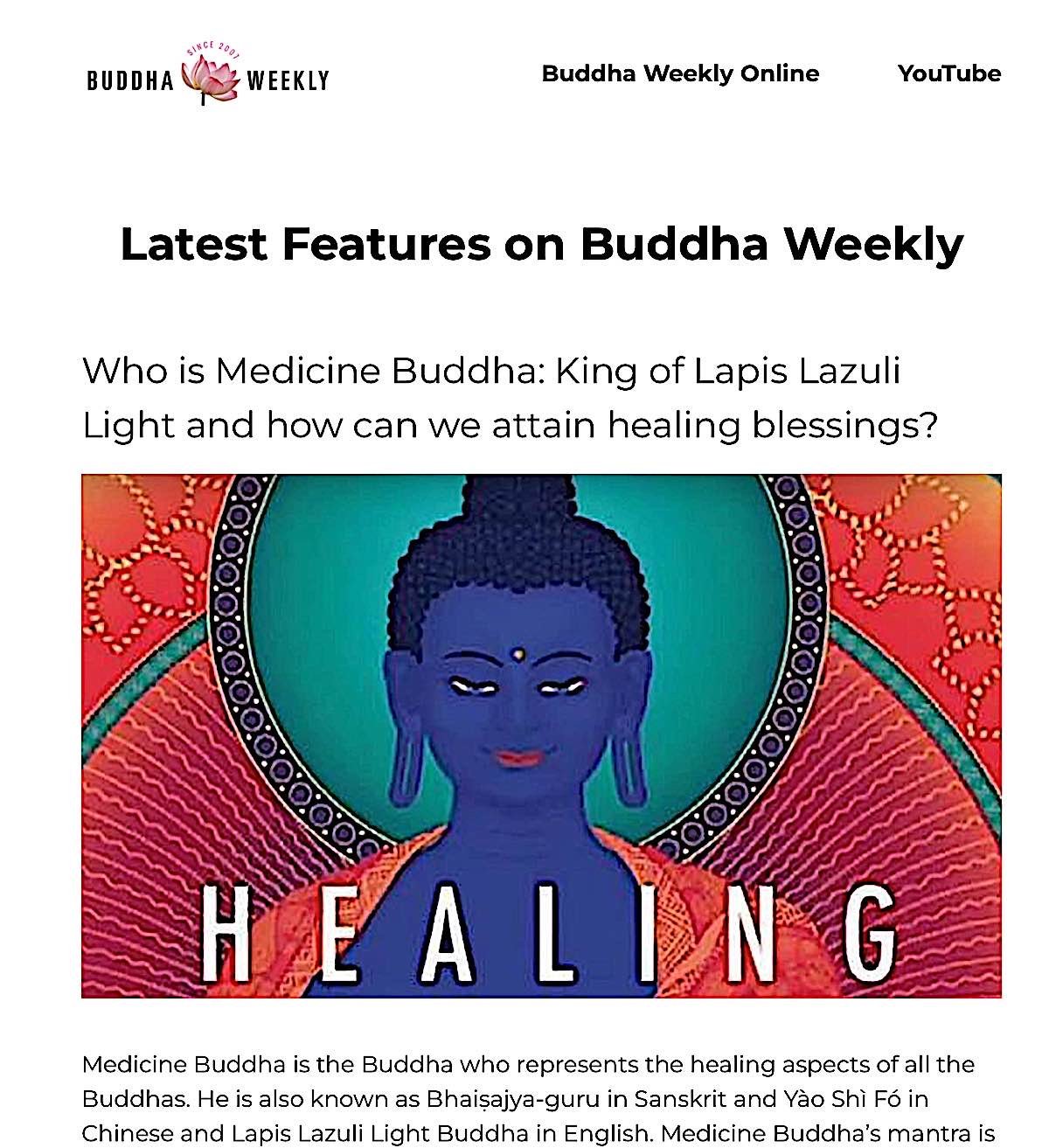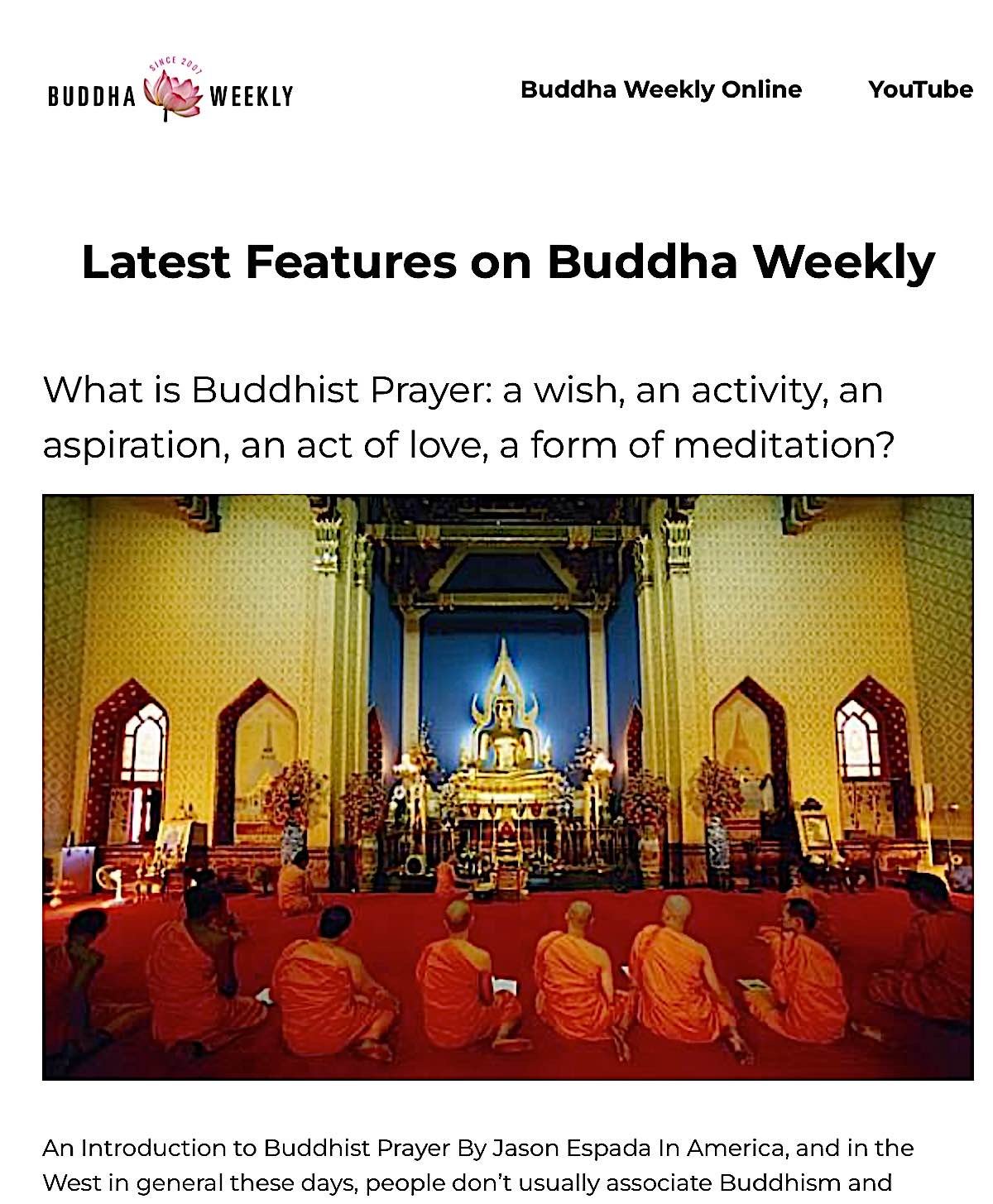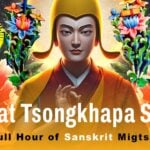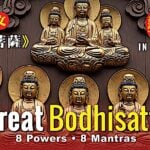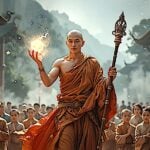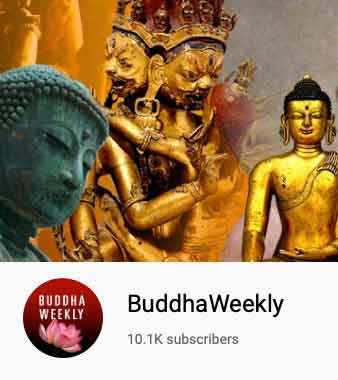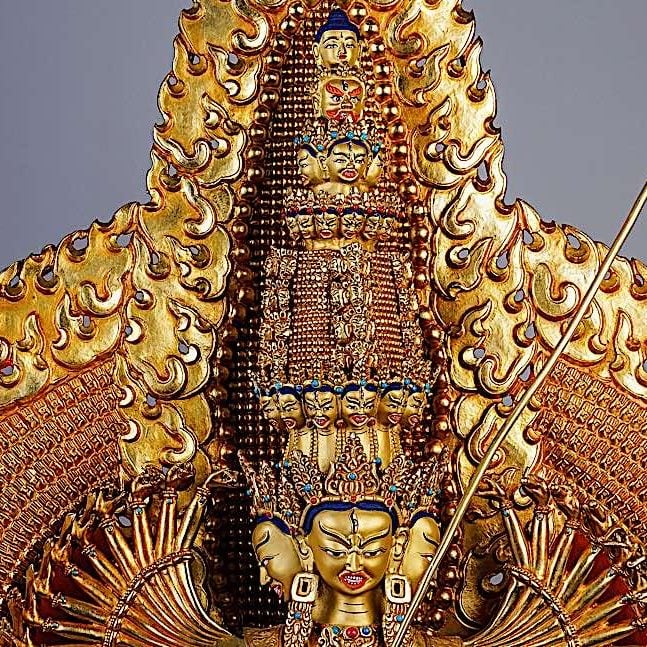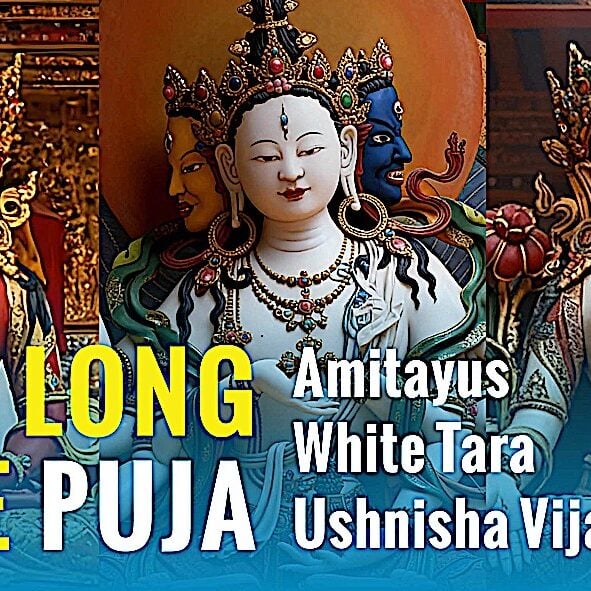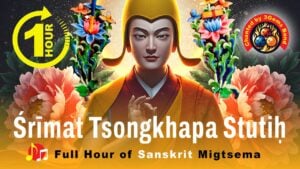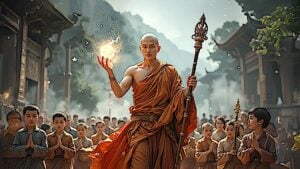Ehipassiko: encouraging investigation — Buddha taught logic to give us confidence in Dharma — not perpetual doubt
Buddha didn’t endorse a perpetual pursuit of knowledge, to the point of creating doubt — but he did teach the path of logic and investigation. The goal of an inquiring mind is discriminating wisdom — not perpetual doubt. Even when Gautama Buddha sat under the Bodhi tree, assailed by Mara’s endless debates and temptations, in the end he simply touched the ground — his ultimate argument: “the earth is my witness.” He had decided for himself, with meditation and logic. Mara’s illusions were fruitless. The role of investigation and logic is to remove doubts, not to reinforce them.
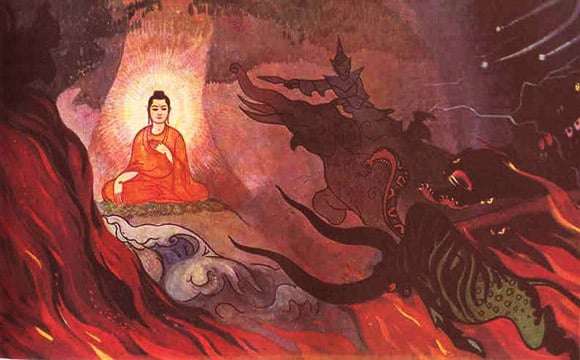
When Venerable Malunkyaputta asked the Buddha difficult questions on the soul and the cosmos, Buddha simply told him these were distractions and not important. He said Malunkyaputta was like the person who says,
“I won’t have this arrow removed until I know the given name and clan name of the man who wounded me.”
What’s important is that the arrow is poisoned. That’s Dharma. It is not important that we know the name of the person who fired the arrow.
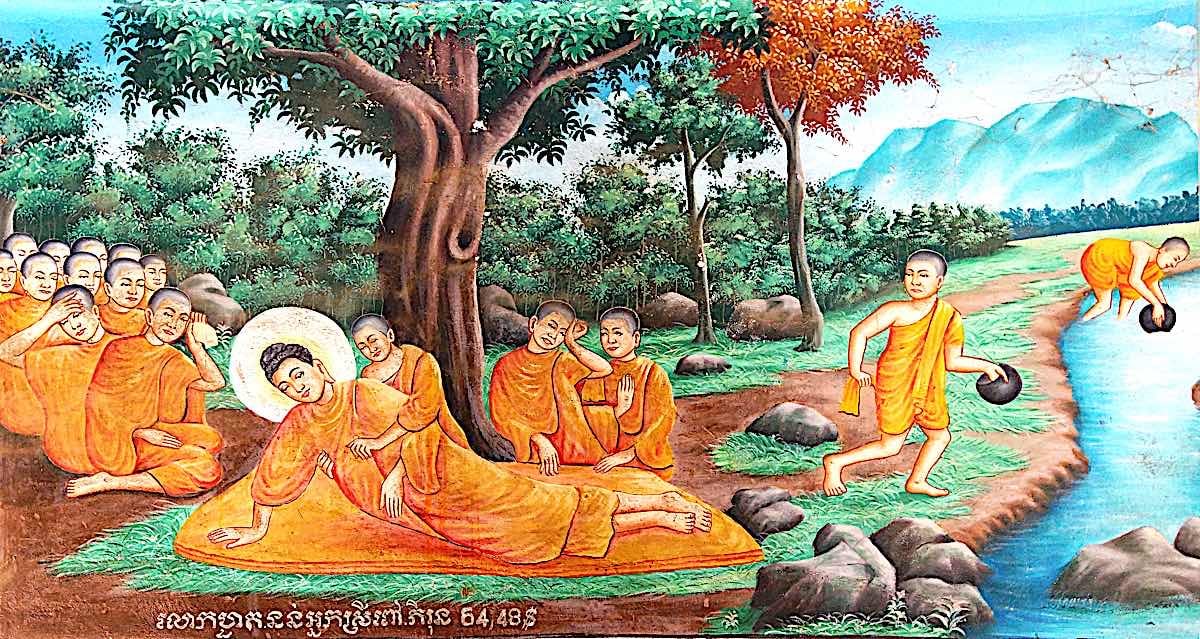
Buddha did not teach faith
Buddha did not teach faith. Period. That doesn’t mean we can’t have faith in Buddhism — or Dharma — only that the faith is earned through logic, practice and practical methods. This is clearly stated in the discourses and Suttas.
Most Buddhists classify Buddhism as “philosophy” rather than “religion” — and this is not an incorrect premise. Buddhism, like philosophy, explores and investigates principles, knowledge, and conduct.
Ehipassiko — encouraging investigation
One of the six qualities of Buddhist Dhamma (Dharma in Sanskrit) is Ehipassiko, or to “encourage investigation.” From the Anguttara Nikaya (11.12) — which is one of the five major collections of Buddhist discourses — the fourth of the “Six qualities of Dhamma”:
“Ehipassiko: The Dhamma welcomes all beings to put it to the test and to experience it for themselves.” [1]
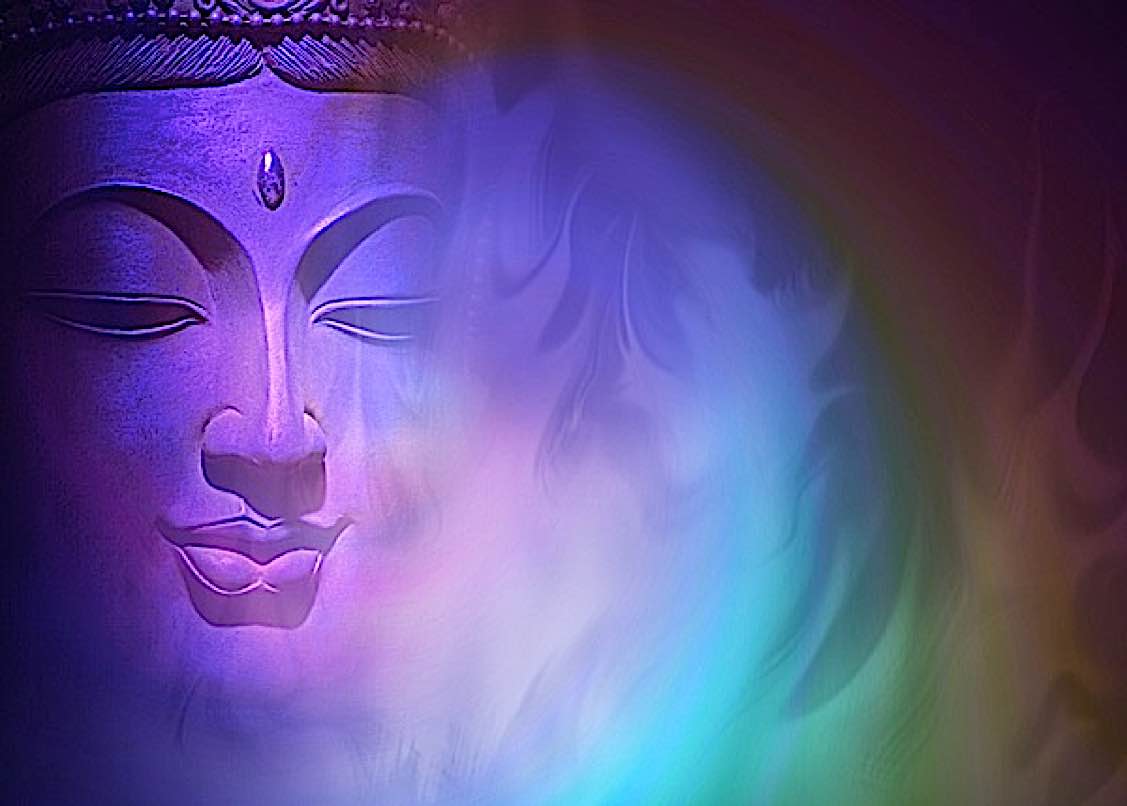
In the Kalmatta Sutta (Sutra) Buddha’s position on intellectual exploration and free inquiry are explicitly stated:
“Do not believe in something because it is reported. Do not believe in something because it has been practiced by generations or becomes a tradition or part of a culture. Do not believe in something because a scripture says it is so. Do not believe in something believing a god has inspired it. Do not believe in something a teacher tells you to. Do not believe in something because the authorities say it is so. Do not believe in hearsay, rumor, speculative opinion, public opinion, or mere acceptance to logic and inference alone. Help yourself, accept as completely true only that which is praised by the wise and which you test for yourself and know to be good for yourself and others.”
Buddha taught from his own experience
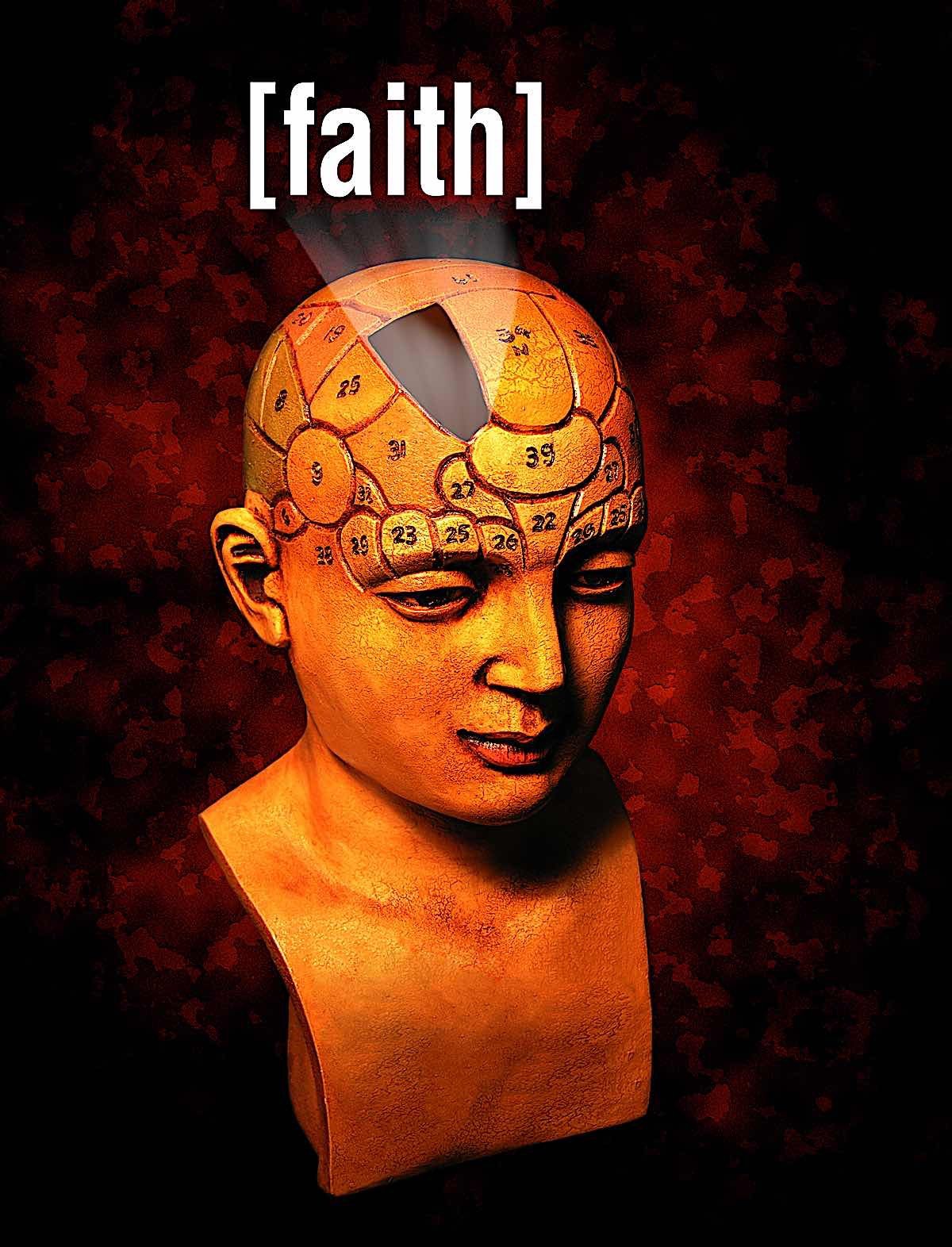
Buddha didn’t elaborate on the teachings of previous teachers, even though he sought ought countless teachers in his early life. His teachings — Buddha Dharma — were based on his own Enlightenment experience. The teachings are experiential. He invited our own experience and exploration. He did not teach Dogma. Of course, once we accept the truth of his teachings — assuming that we do in the course of our own practice — faith can then be a method and technique which is valid and empowering.
Just as we wouldn’t have faith in Einstein’s theory of relativity — not without accepting the credibility of the scientist or the foundation upon which he built his theories — we should not feel compelled to accept, with faith, Buddha’s teachings. Only, after we accept the teachings as a valid method for our own experiments, should we accept methods from our credible source, with a “measure” of faith.
What’s important is important, what isn’t
The Buddha’s teaching on Ehipassiko does not, on the other hand, mean that we can put aside our practice for an endless pursuit of answers. What’s important is to satisfy ourselves the Dharma is valid for us — then to practice. Life is to short to accomplish both endless inquiry and fruitful practice.
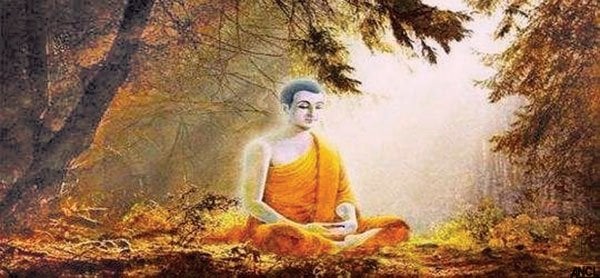
What’s not important
Buddha taught practice and path — the Eightfold Path. Even though he taught contemplation, meditation and logical deduction, he made it clear that some things are not important to the quest for Enlightenment. He refused to answer four questions:
- Is the cosmos finite in space?
- Is the universe finite in time?
- Is the self the same or different from the body?
- Does the Buddha exist after death? (Since He has achieved Nirvana.)
Thich Nhat Hanh, in a commentary on the Sutra, explained:
“The Buddha always told his disciples not to waste their time and energy in metaphysical speculation. Whenever he was asked a metaphysical question, he remained silent. Instead, he directed his disciples toward practical efforts.”

Faith in specific teachings?
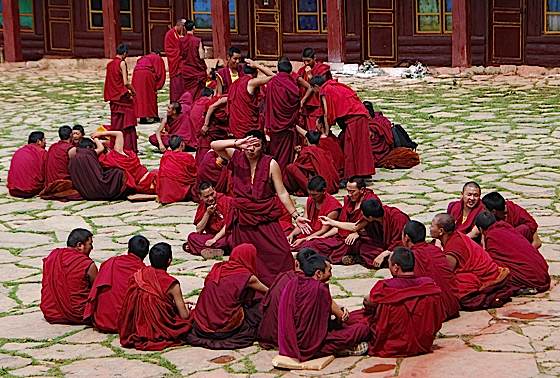
When we accept specific teachings — after we have concluded they are logical — then it is not a matter of faith. For example, in the Anguttara Nikaya, at 10.13, the ten hinderances to Enlightenment are explained. Does that mean we have to accept this on faith? No. But, if we have accepted the Teachings as our foundational base, then we can assume other teachings from the Buddha were also true. For example, if we understand Einstien as a genius, we can appreciate and give instant credibility to his theories. In science, new theories are built on the foundation of previous theories. (Otherwise, we cannot advance.)
Interestingly, the ten hindrances mentioned in the teachings are stated as “beliefs” — for example, “belief in a permanent personality.” The language gives us a clue not to have faith in such things. In fact, the second of the hindrances is “extreme skepticism,” so clearly the opposite of free exploration is also an obstacle on the path.
In that discourse, the ten hindrances are:
- Belief in a permanent personality or ego
- Extreme skepticism
- Clinging to rituals and ceremonies
- Attachment to sense desires
- Hate and anger
- Craving for the form world
- Craving for the formless world (no extremes!)
- Conceit
- Restlessness
- Ignorance
Ignorance, of course, brings us back to “free exploration” and “testing for our selves.” Yet, we are cautioned not to allow this to become “extreme skepticism.”
No fundamentalism
Buddha went further by stressing in Anguttara Nikaya 2.25 that the Dharma is not a fundamentalist teaching:
“Monks, these two slander the Tathagata [Buddha]. Which two? He who explains a discourse whose meaning needs to be inferred as one whose meaning has already been fully drawn out. And he who explains a discourse whose meaning has already been fully drawn out as one whose meaning needs to be inferred. These are two who slander the Tathagata.”
What about Deity practices?
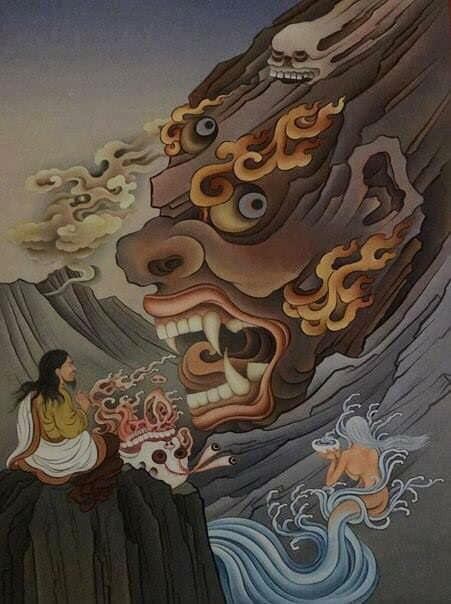
One area that non-practitioners misunderstand in the context of “faith” is deity practice in Vajrayana and Mahayana Buddhism. Surely, that feels like “religion” and “faith?” It can be a matter of faith in the method, the lineage or the teacher, but not dogmatic faith. In Deity practices, we learn to use the visual mind to help break down ‘illusory’ appearances. We deliberately build ourselves up as a “perfect deity” only to break it down into Emptiness (or Oneness.) It is a highly profound method, not in the least superstitious or faith-derived. For students prone to superstition, it can be problematic, but as advanced practice, it can be very effective.
Of course, at this stage of advanced practice in Vajrayana, the student will have Guru devotion. This “faith”, however, is based on our prior exploration of our teacher, the teachings and the lineage. The faith, again, is earned. At a certain point, when we feel comfort, we can enjoy the “fast track” methods of Vajrayana — by using some presumptive “faith” in the lineage teachings — proven by centuries of successful practitioners — but always ground in the ultimate understanding of Emptiness.
While Vajrayana certainly appears to be ritualistic and faith-oriented, it’s actually the opposite. The entire “construct” of a “sadhana” in deity practice is designed to help trick our minds into realizing all phenomena are not as they appear — and that the ultimate nature of reality is Emptiness or Oneness of all phenomena.
NOTES
[1] Anguttara Nikaya 11.12 quoted from The damma.com https://www.thedhamma.com/anguttaranikaya.htm
More articles by this author
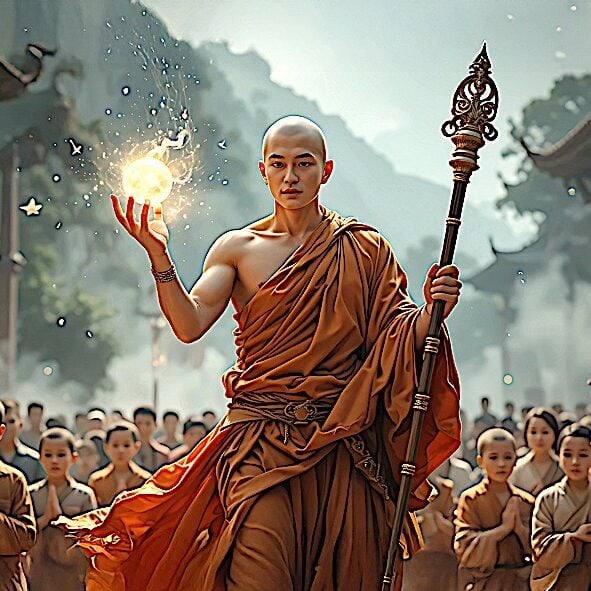
Daśacakra Kiṣitigarbha Dhāraṇī: Rescuing All Beings: The Sanskrit Dharani that Saves Beings on Hearing or Seeing or Chanting
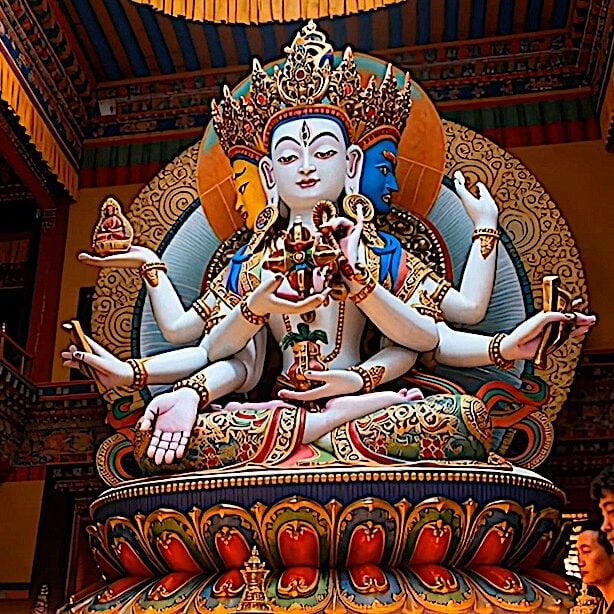
ON HEARING: Ushnisha Vijaya Dharani Overcomes Six Types of Suffering, Conquering the Lord of Death: Supreme in Six Realms
Search
Latest Features
Please support the "Spread the Dharma" mission as one of our heroic Dharma Supporting Members, or with a one-time donation.
Please Help Support the “Spread the Dharma” Mission!

Be a part of the noble mission as a supporting member or a patron, or a volunteer contributor of content.
The power of Dharma to help sentient beings, in part, lies in ensuring access to Buddha’s precious Dharma — the mission of Buddha Weekly. We can’t do it without you!
A non-profit association since 2007, Buddha Weekly published many feature articles, videos, and, podcasts. Please consider supporting the mission to preserve and “Spread the Dharma." Your support as either a patron or a supporting member helps defray the high costs of producing quality Dharma content. Thank you! Learn more here, or become one of our super karma heroes on Patreon.
Lee Kane
Author | Buddha Weekly
Lee Kane is the editor of Buddha Weekly, since 2007. His main focuses as a writer are mindfulness techniques, meditation, Dharma and Sutra commentaries, Buddhist practices, international perspectives and traditions, Vajrayana, Mahayana, Zen. He also covers various events.
Lee also contributes as a writer to various other online magazines and blogs.
